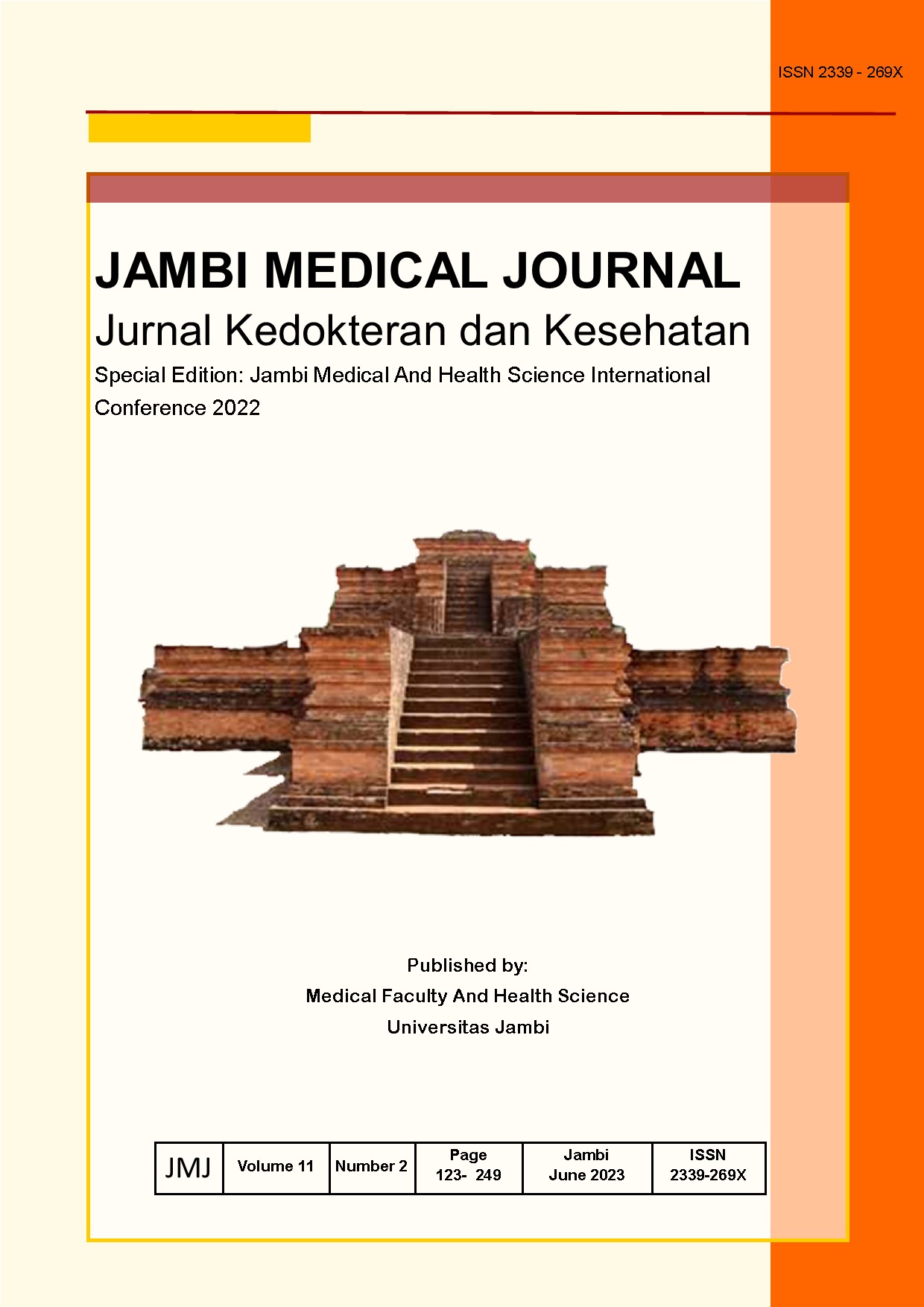Web-Based Exclusive Breastfeeding Education Application for Pregnant Women
DOI:
https://doi.org/10.22437/jmj.v11i2.25142Abstract
ABSTRACT
Pregnant women are a vulnerable group during the Covid-19 pandemic. Pregnant women need to do self-limiting from the outside environment or with social distancing which has proven benefits in reducing the transmission of Covid-19. Education for pregnant women is needed to prepare them as mothers so they can take good care of their babies and themselves, including exclusive breastfeeding. Education is important in improving behavior to get optimal health. Education through the web is an alternative for pregnant women during the Covid-19 pandemic. This study aims to create educational media about web-based exclusive breastfeeding for pregnant women.
This research is a research and development (R&D) study. The research was carried out at the Annisa Mother and Child Hospital Jambi from September to November 2021 with a sample of 16 pregnant women. The developed website is www.edukasibunda.com. Based on the results of the assessment of 16 pregnant women, the average usability score was 70, which means that it is acceptable and suitable for use. Respondents who took part in this study were 16 people, most of the research respondents were aged 21-35 years (75%), most of them had high school education (68.75%), and housewives (81.25).
The results of the assessment show that the website www.edukasibunda.com is feasible and acceptable as an alternative to exclusive breastfeeding education for pregnant women during the Covid-19 pandemic.
Keywords: Education, Exclusive Breastfeeding, Covid-19, Web











